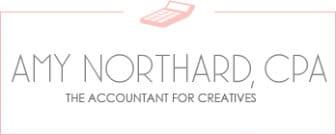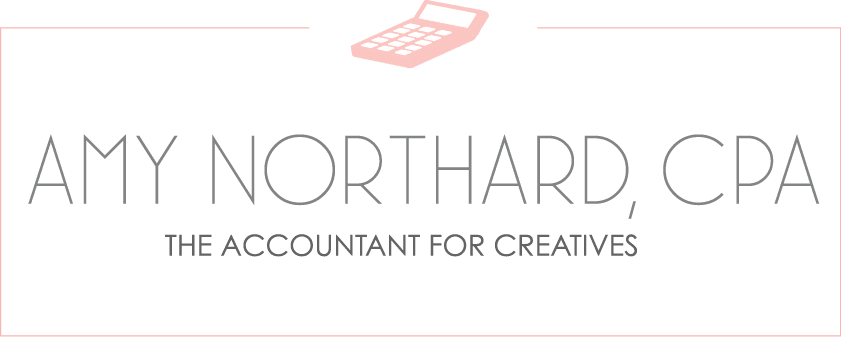Living solely off income generated by money you already have is an exciting and attractive idea. But can it really be done?
Yep! In today’s post, I’ll explain the steps you can take to live off dividends.
What are dividends?
Before we get to how you can live off dividends, we need to address what dividends are. Basically, when you buy stock in a publicly-traded company, you become a shareholder in that company. If that company has profits or earnings, it can choose to distribute those earnings to its shareholders. When the money is distributed to you, the shareholder, those are called dividends.
Dividends are typically paid out regularly, often quarterly, and are usually issued by mature, stable companies with consistent earnings.
What does it mean to live off dividends?
If you’ve heard people use the phrase “living off dividends,” they’re referring to an investment strategy where people rely solely on the dividends generated by their investment portfolio to cover all of their living expenses. In other words, you quit your job and make your money work for you.
How do I live off just dividends?
In order to live off dividends, you’ll need to do some careful planning and create a diversified portfolio with long-term goals. You’ll also need quite a bit of money to invest in order to earn enough money to really live comfortably off just dividends.
Here are some steps you should take if you plan to get to a point where you can live off dividends:
Step 1: Do Lots of Research
As with any kind of financial planning, you’ll want to do your homework. Start by researching dividend-paying stocks. Look for companies with a history of stable and increasing dividends, strong financials, and a sustainable business model. Financial planners and income investors can help you with this research.
Step 2: Diversify Your Portfolio
As any financial planner will tell you, you don’t want to put all of your money in one industry or sector. You need to diversify your investment portfolio to reduce risk.
Where should you focus your money? Well, one focus should be on stocks with a competitive dividend yield. The dividend yield is calculated by dividing the annual dividend per share by the stock price. For example, if you buy a stock at $100 per share, and it pays $5 in dividends a year, then the dividend yield would be 5% (5 divided by 100). Look for stocks with a dividend yield of at least 3%.
However, you also have to be careful of stocks that have excessively high dividend yields, because this can indicate underlying issues with the company’s financial health.
Another focus should be on companies that have a history of increasing their dividends over time. Look for companies that have demonstrated financial strength and that have shown a commitment to passing earnings onto their shareholders. Plus, you’ll want to invest in stocks whose dividends will at least keep up with the rate of inflation year after year.
Step 3: Calculate Your Income Needs
Before transitioning to living off dividends, you need to figure out how much income you’ll need to pay your expenses and live comfortably. This will look different for everyone, but you can start creating a budget by calculating your monthly expenses including housing, utilities, food, and healthcare.
Then, you should also think about how much money you’ll need in order to maintain an emergency fund that’s equivalent to several months of expenses. Remember, if you’re not going to have a job with a regular income, then an emergency fund becomes even more important.
Once you have a number in mind, divide that yearly amount of desired income by your average dividend yield. For example, if you want to have $50,000 per year of dividend income and your average dividend yield is 3%, you can divide $50,000 by 3% to get roughly $1.67 million (the amount you need to invest).
Of course, this is just an example, and your average dividend yield will hopefully be higher. Also, if you have other sources of passive income to consider, or if you’re not planning on living off dividends until you also have retirement and social security money coming in, then the amounts in your equation can change drastically.
Step 4: Manage Your Income Stream
Another key decision you’ll need to make is whether you’ll reinvest your dividends to speed up your portfolio growth or use the dividends as a source of regular income. Typically, investors reinvest dividends initially in order to compound growth and then gradually transition to using dividends for cash flow as they approach retirement or another date or income goal.
Step 5: Consider the Taxes
One interesting tax advantage that comes with living off dividends is that qualified dividends are typically taxed at lower rates than ordinary income. As long as you meet the timing requirements, the dividends from stocks are typically qualified dividends.
Obviously, this provides a great opportunity for you if you’re considering living off dividends alone. Definitely consult a tax professional to help you optimize this tax-saving strategy.
Step 5: Monitor Your Portfolio
Unlike a good crockpot meal, living off dividends is not a “set it and forget it” financial plan. You must continually and regularly review your dividend portfolio to make sure it remains aligned with your financial goals and risk tolerance. Don’t be afraid to rebalance and adjust your portfolio as needed so that you maintain diversification and your portfolio adapts to an ever-changing market.
That being said, don’t forget that living off dividends or getting to a point where you can do so is typically a long-term plan. Resist the temptation to make impulsive decisions based on short-term market fluctuations.
Factors like interest rate changes, changes in company management, and industry disruptions can greatly affect your portfolio. Since there’s so much to monitor, it’s wise to work with a financial planner to help you stay up-to-date with potential risks to your portfolio.
Abridged by Amy
Living off dividends can provide a reliable source of passive income, but it requires careful planning, research, and ongoing evaluation. If you’re considering this investment strategy, it’s important to work with a tax professional and a financial planner to make sure you’re set up for long-term financial success while also maximizing any tax benefits available.
By the way, if you’re thinking of living off dividends, I think you may find some of my other articles helpful:

